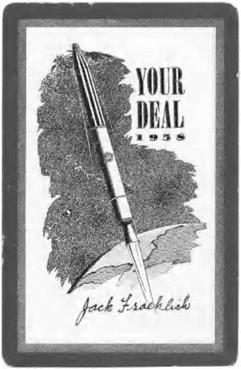Go! Jupiter C, Juno, and Deal I
|
W |
ith the launch of Sputnik 1 on 4 October 1957, all reservations about the use of military hardware for launching a U. S. satellite evaporated. After all, the Soviets had just used a military rocket for that purpose. Their satellite was flying over many nations of the world, with no one objecting to any violation of their air space sovereignty. Von Braun, Pickering, Van Allen, and their collaborators had been dreaming of this opportunity.
As related in the last chapter, the essential elements of a satellite-launching version of the Jupiter C launch vehicle had been quietly evolving. Two satellite designs, both containing the State University of Iowa (SUI) cosmic ray instrument, were also well advanced. The Army Ballistic Missile Agency (ABMA)-Jet Propulsion Laboratory (JPL)-SUI version existed as a paper design, while the (still externally unknown) JPL design had already edged into the prototype hardware stage.
A word about Deal, the name coined at JPL for this satellite project. The most likely account of its origin is that the term surfaced well before Sputnik, while the Reentry Test Vehicle (RTV) was being developed and tested. A number of the JPL scientists, including Jack Froehlich, Henry Richter, Leonard R. Piasecki, Al E. Wolf, and John G. Small, were avid gin rummy players. They played during aircraft flights, in motels, in conference rooms, and wherever else they found themselves with free time. One account says that immediately after the first successful firing of the RTV-Jupiter C in 1956, they were ready with their cards, and one of them called out, “Deal!”1
A second version of the story attributed the Deal name directly to Jack Froehlich. A formidable poker player, he is claimed to have bestowed the name after the first Sputnik launch with the remark, “When a big pot is won, the winner sits around and cracks bad jokes and the loser cries ‘Deal’!”2
213
OPENING SPACE RESEARCH
|
|
|

Whatever account is true, the word Deal became a byword around JPL and was adopted as the internal pet name for the satellite project. The name was solidly established well before I arrived in Pasadena in November 1957, and persisted for a long time. The JPL even printed a set of playing cards that featured a drawing of Explorer I and the name “Deal” on their backs (Figure 8.1).
The Deal designation is used in this book for satellite work that occurred before the individual Explorer launches. Explorer names are used for events occurring after their respective launches.










